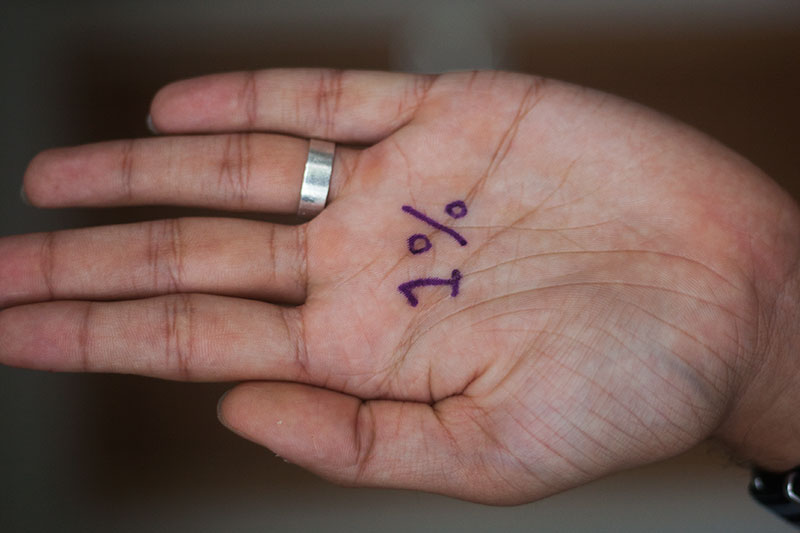


Often eschar (dry, black necrotic tissue) will form around the wound.
#TREATING A 3RD DEGREE BURN YOU SHOULD SKIN#
Signs & Symptoms of Full-Thickness Burnsįor full-thickness burns, generally the skin will either be white, black, brown, charred, or leathery in appearance. The following approximations can be used for adults:Īdditionally, the palm (not including the fingers or wrist area) is approximately 1% of the total surface area of the body, and can be used to approximate noncontiguous burn areas. Partial- or full-thickness burns on more than 15% of the body require immediate professional medical attention. The "rule of nines" is a method of approximation used to determine what percentage of the body is burned. When the epidermis and dermis are both destroyed and the burn extends down into the subcutaneous tissue, including fat, muscles and even bones, this is referred to as a full-thickness burn (third- and fourth degree burn).Īnother contributing factor to burn severity is how much of the body is affected. For a comparison of the two classification systems, see the table below. For the sake of this article, burns will be described by thickness. However, a more precise classification system referring to the thickness or depth of the wound is now more commonly used. Traditionally, burns are characterized by degree, with first degree being least severe and third degree being most. Most burns only affect the uppermost layers of skin, but depending on the depth of the burn, underlying tissues can also be affected. Burns can vary in severity from mild to life-threatening. A burn is an injury to the tissue of the body, typically the skin.


 0 kommentar(er)
0 kommentar(er)
